Zoom Water Softener – The Perfect Solution for Cleaner, Softer Water
The Zoom Water Softener is the ideal choice for removing limescale and impurities from water using advanced ion exchange technology. This device is designed to provide optimal water quality, ensuring cleaner and softer water for everyday use at home or in the office. With a daily production capacity of up to 600 gallons, the Zoom Water Softener is a reliable solution for large families or businesses that require purified water.
Advanced Ion Exchange Technology
The Zoom Water Softener operates using advanced ion exchange technology, where calcium and magnesium ions responsible for hardness are replaced with sodium ions. This effective process helps in removing limescale and harmful impurities from the water, providing you with pure and soft water that protects your water pipes and home appliances.
High Daily Production with Automatic Washing
The Zoom Water Softener features a daily production capacity of up to 600 gallons, making it suitable for homes or offices that need large amounts of treated water. It also has a daily automatic washing function, ensuring continuous performance and a longer lifespan by periodically cleaning itself to maintain maximum efficiency.
Protects Appliances and Water Systems
The Zoom Water Softener is an essential tool for protecting home appliances such as washing machines, water heaters, and dishwashers from the damaging effects of limescale that can cause clogs and reduce the efficiency of appliances. It also helps preserve the water systems, reducing the costs associated with repairs and maintenance due to mineral buildup.
Cost-Effective and Efficient Solution
The Zoom Water Softener provides a cost-effective solution for preventing corrosion and damage caused by hard water. By reducing limescale, this device helps lower energy consumption, as water heaters and other appliances don’t need to work harder due to mineral deposits. Additionally, using this system helps reduce the need for detergents and chemicals, lowering maintenance costs for appliances.
Easy Maintenance and Long Lifespan
The Zoom Water Softener is designed to be durable and easy to maintain. With the automatic daily washing feature, you don’t need to clean the device manually constantly, saving you time and effort. The device is built to last, thanks to its corrosion-resistant design, ensuring long-term use.
Ideal for Homes and Offices
Whether you’re looking for a solution for drinking water or want to improve the quality of water in your home or office, the Zoom Water Softener provides optimal performance. With its durable design and high efficiency, it is the perfect choice for both residential and commercial water purification needs.
The Zoom Water Softener is the ideal device that helps you improve water quality, protect appliances, and reduce maintenance costs, making it a smart investment for a healthy and safe home or office.


 العربية
العربية

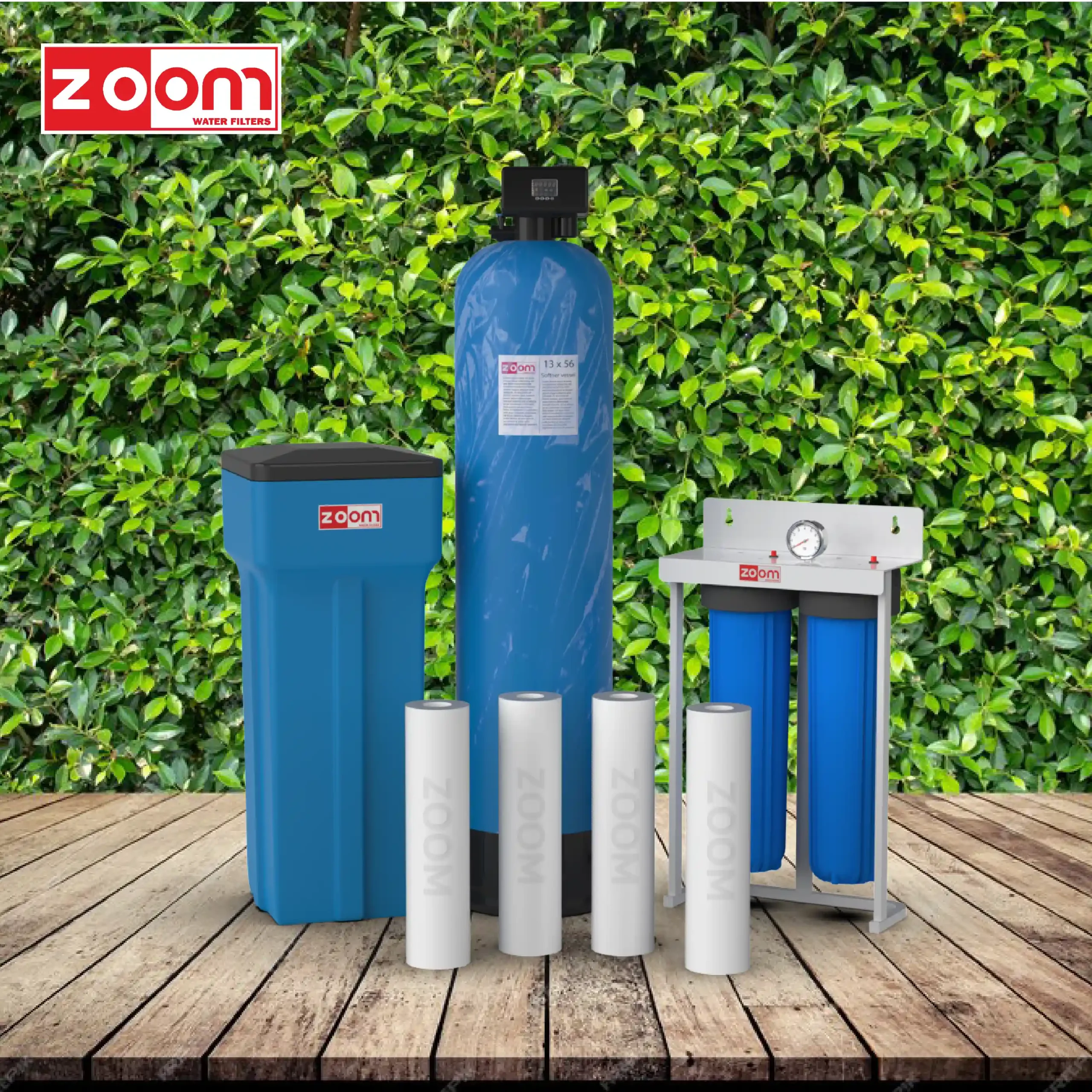
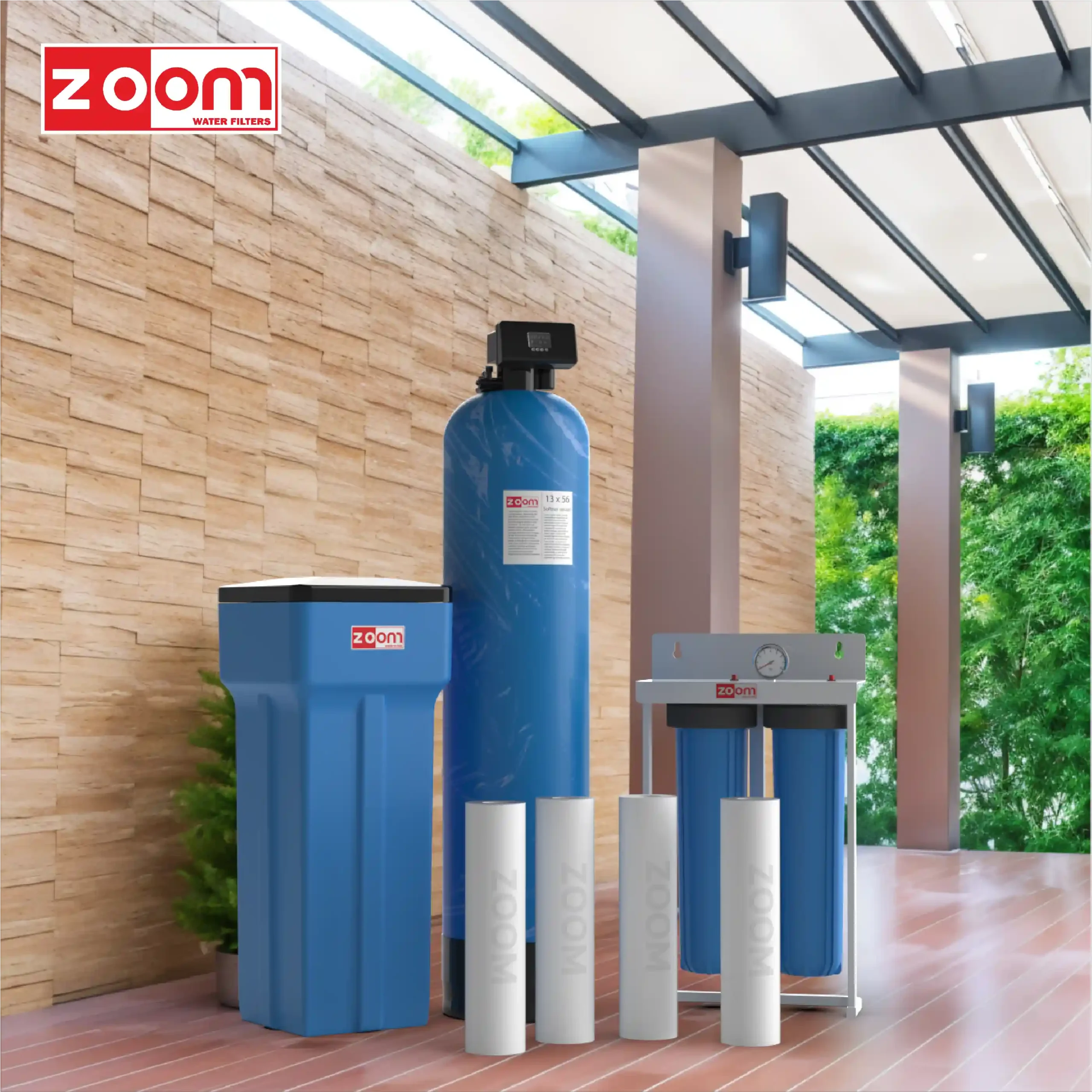

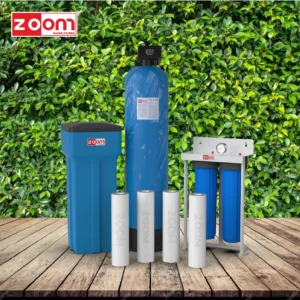
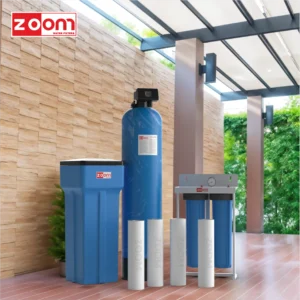

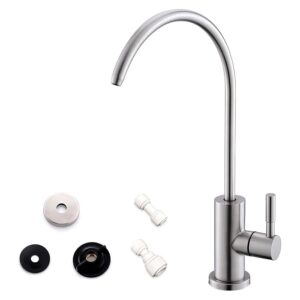
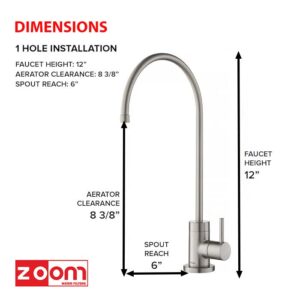


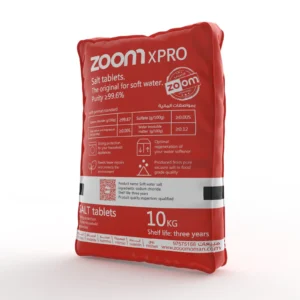
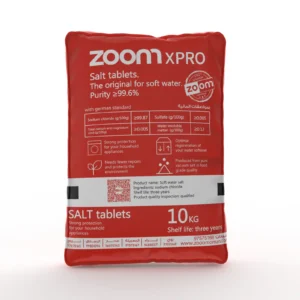
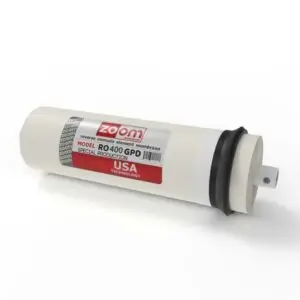
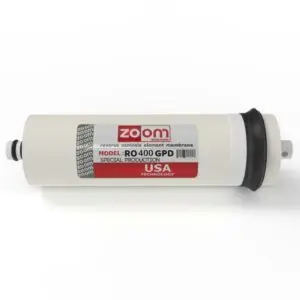
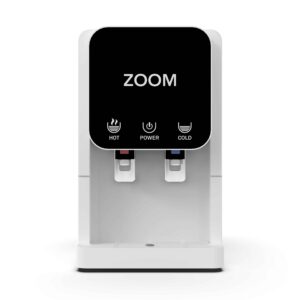
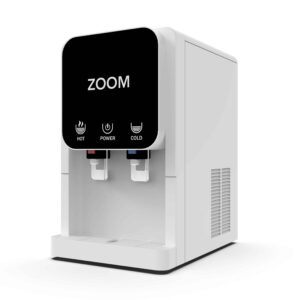

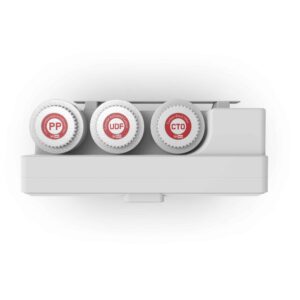
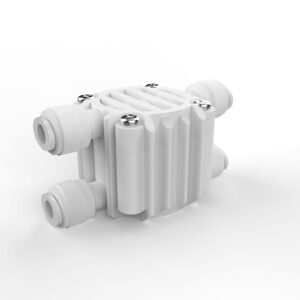
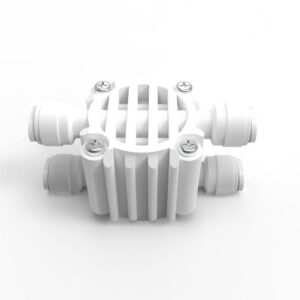

Reviews
There are no reviews yet.